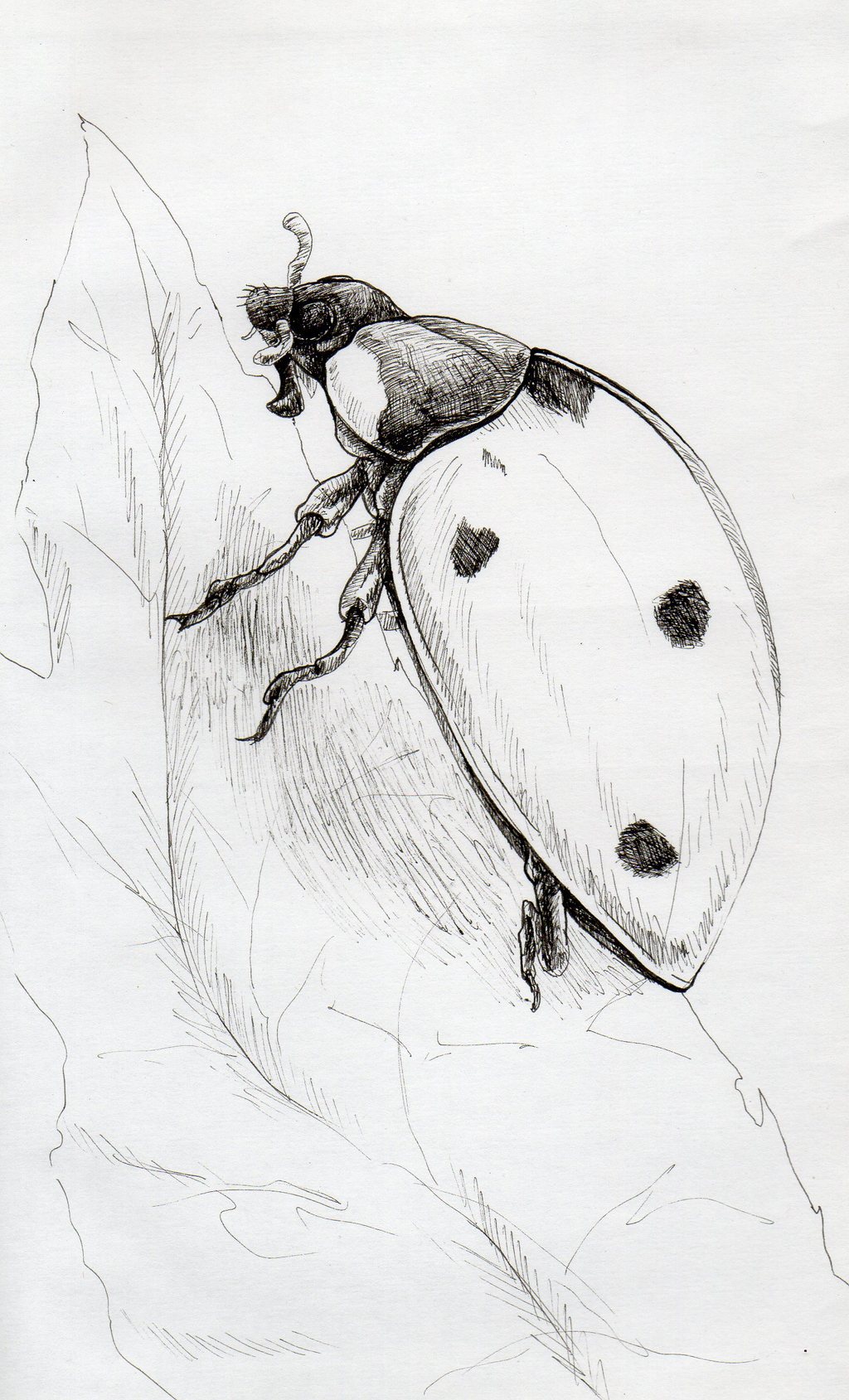Sign In
CloseTotem of the day is Ladybug! Keep an eye open for something you may have lost coming back to you soon. It will be important to spend some time each day in quiet solitude and meditation. Know that the Goddess and feminine energies are protecting and watching over you no matter what religion you follow. In this time, you are protected from the negative habits of others around you. The Ladybug totem is known for it's connection to happiness, good luck, and spiritual devotion. When Ladybug shows up, it can often be a reminder to delve back into that inner child and bring playfulness back into your life. Other times, ladybug is a sign that blessings are on their way. Take time to do things that make you happy with a gratefulness for the big and little things in your life. Many places have sayings and meanings for the tiny Ladybug. In France, it was said that if a Ladybug landed on you it would fly away with whatever ailment was hurting you. In Belgium, it was believed that if a Ladybug crawled across a young girl's hand, she would be married within a year. Norse tales tell of how Ladybugs were brought to earth riding on a bolt of lightning.Let yourself believe in magic and feel the wonder of life. Nearly all places see them as signs of good luck and believe that killing a ladybug results in bad luck. People who connect with Ladybug are often connected with abundance and never seem to worry about where their next meal will come from. These individuals are delicate, family oriented, and very loving. They hold very strong personal morals while maintaining a modest and inoffensive quality. Although they traverse the world with innocence, they are always protected both physically and emotionally.
Ladybugs, Coccinellidae, are also known as Ladybirds and live all over the world. These carnivorous insects live up to 2 years old and are thought to consist of over 5,000 species with approximately 450 of them residing in North America. These insects are actually a form of beetle and come in a range of patterns. One of the most common is the Seven-spotted Ladybird beetle known for it's bright red color and odd number of black spots on it's shell. Other species include the Twice-stabbed Ladybird beetle which is all black with two small red spots, the Multicolored Asian Lady beetle native to Asia and introduced into the US to help control pests which shows a red and orange coloration with any number of dark spots, and the Pink Spot Ladybird beetle which can be red or pink with an oval shaped shell. On average, the ladybug grows to less than a half an inch long with black legs and a hard shell that protects their delicate wings. Their diet consists of smaller bugs known mostly as pests species such as plant-lice, greenflies, and primarily aphids. A single ladybug can eat up to 5,000 aphids in a single year. Some species have even been introduced into certain areas to help farmers save their plants from these pests species. However, some species of ladybug such as those in the subfamily Epilachninae are herbivorous and known as pest insects themselves due to their nature of eating crops rather than eating other insects. Unable to handle cold or dry weather, ladybugs will hibernate throughout the winter until the warm summer returns. They are known to hibernate in large groups in the same spot every year in order to increase the chances of survival. It is theorized that ladybugs actually give off a pheromone that will help to attract other ladybugs to their hibernating area. The iconic bright colors of the ladybug are actually meant as a sign of warning to possible predators. The bright colors are a sign that they may be poisonous and their horrid taste when consumed is an attempt to teach predators not to eat them. In order to help their population grow, a single female ladybug can lay over 2,000 eggs in one year. They hatch after only a few days into long, one colored larvae that look nothing like their adult form. A few weeks after birth, they will metamorphose into their pupil stage when they will have the size and color of their adult form but possess a protective layer surrounding it while their wings develop. This skin is shed in the next stage when their wings have fully developed and they become their adult ladybug form.
Submission Information
- Views:
- 402
- Comments:
- 0
- Favorites:
- 0
- Rating:
- General
- Category:
- Visual / Traditional




